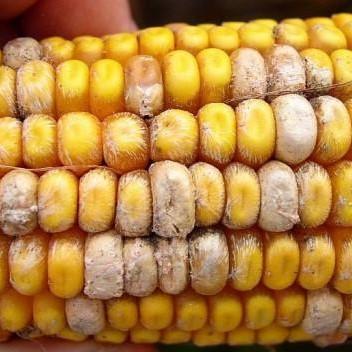Pet Food Selection Guidelines
How do you pick your dog’s food? How in the world can anyone choose from all the brands, types, meats, special purposes? Whose advice do you take – your vet, the pet store clerk, friends, or family? (One quick bit of advice – do not ask a Facebook group! Within 3 minutes you’ll have a hundred responses, ranging from a wide range of recommended products to comments condemning you to hell for just asking. And of course, the commenters will then start fighting amongst themselves, and you’ll be left more confused than ever…)

A veterinary organization, the World Small Animal Veterinary Association, has a set of guidelines that are widely touted as “the” rules to follow to choose the best pet foods.. However, very, very few pet foods, including some claiming to meet the guidelines, actually do (failing on criteria number eight). So, I was inspired to create the Healthy Dog Workshop Pet Food Selection guide, containing the questions in priority order that I would ask before feeding a product to my own dogs. The focus of these guidelines is to give owners an easily understood and objective way of differentiating the quality of products on the shelf.
- Are the ingredients human quality/fit for human consumption? Where are ingredients sourced from?

This is an absolute must. What is not human quality is termed “feed grade.” Such ingredients can be contaminated, spoiled, and less nutritious than the whole food ingredients we see pictured on the packaging. Revealing where ingredients are sourced from further shows the company’s commitment to ingredient quality and avoidance of suspect sources.
2. Did a qualified nutritionist formulate your foods?
Whether a boarded veterinary nutritionist or PhD in animal nutrition, a qualified expert should design the recipe (commonly called the formulation) for the foods. These experts have the knowledge and tools to develop recipes that meet the needs of the dog. Note: They DO NOT need to be “on staff” at the company. Many eminent nutritionists work on a contractual basis for many companies. These individuals, in my opinion, likely have more experience working with a variety of ingredients and nutritional philosophies and have a broader knowledge base than someone who has worked at the same company for years. Also, unless ingredients/formulations change, there is no need for that nutritionist.
3. Are your foods formulated to meet AAFCO*, NRC**, or FEDIAF*** nutritional standards? If not, are they clearly labelled as such?
These are the three most referenced nutrition standards today, and foods should be clearly labelled with the standard they are following. If they are not formulated to a standard, that should be disclosed as well – the common term for this is “for intermittent or supplemental feeding.” There are some foods that will be nutritionally complete with fresh food additions, and the necessary additions should be clearly listed.Can you provide complete nutrient analysis, by both calculation and laboratory testing?
4. Can you provide complete nutrient analysis, by both calculation and laboratory testing?
A company should share their nutritional data, by both calculation from the available data on ingredients, and independent laboratory testing. The proof of the formulation (recipe) and production method used for the food is in this data. Many companies have started providing complete nutritional data on their websites, which Is a great start in meeting this criteria. Ideally, companies should also routinely test ingredients for nutritional integrity before they are used, as well as testing finished products.
5. Where and by who are the foods made? What are your safety and quality control procedures?
Most companies use contract manufacturers, or co-packers. These should be clearly identified, along with their capabilities, such as human quality processing. Pathogen control, including testing of ingredients before mixing as well as finished product, is appropriate. Safety plans for plant workers, who may be handling hazardous materials, should also be in place.
6. What level of processing does your food undergo?

How many times the product is handled, cooked, mixed with other ingredients, etc. should be disclosed. Everything from blending, cooking, extruding, grinding, high pressure pasteurization (HPP), and the like should be included. Every processing step has a potential impact on the nutritional content of the food as well as posing a potential pathogen or misformulation risk.
These six basic criteria are intended to help you identify both a quality product and one that has weaknesses which make it unacceptable. Remember, this list was developed in priority order. Many products will not meet the very first criteria, and therefore do not pass the Healthy Dog Workshop standards. Foods that meet all of the criteria should provide excellent nutrition for your dog.
*AAFCO: The Association of American Feed Control Officials (AAFCO) is a voluntary membership association of local, state and federal agencies. Our members are charged by their local, state or federal laws to regulate the sale and distribution of animal feeds and animal drug remedies. (from their website, www.AAFCO.org)
**NRC: The recommendations of the National Research Council, or NRC, were historically used as the basis for nutritional adequacy. The NRC provides expert advice based on sound scientific evidence.
***FEDIAF: FEDIAF is the trade body representing the European pet food industry. You can see their requirements here: https://www.fediaf.org/prepared-pet-foods/nutritional-requirements.html
To make it easier for you to make comparisons, here is a PDF worksheet you can print to fill in as you research each food: